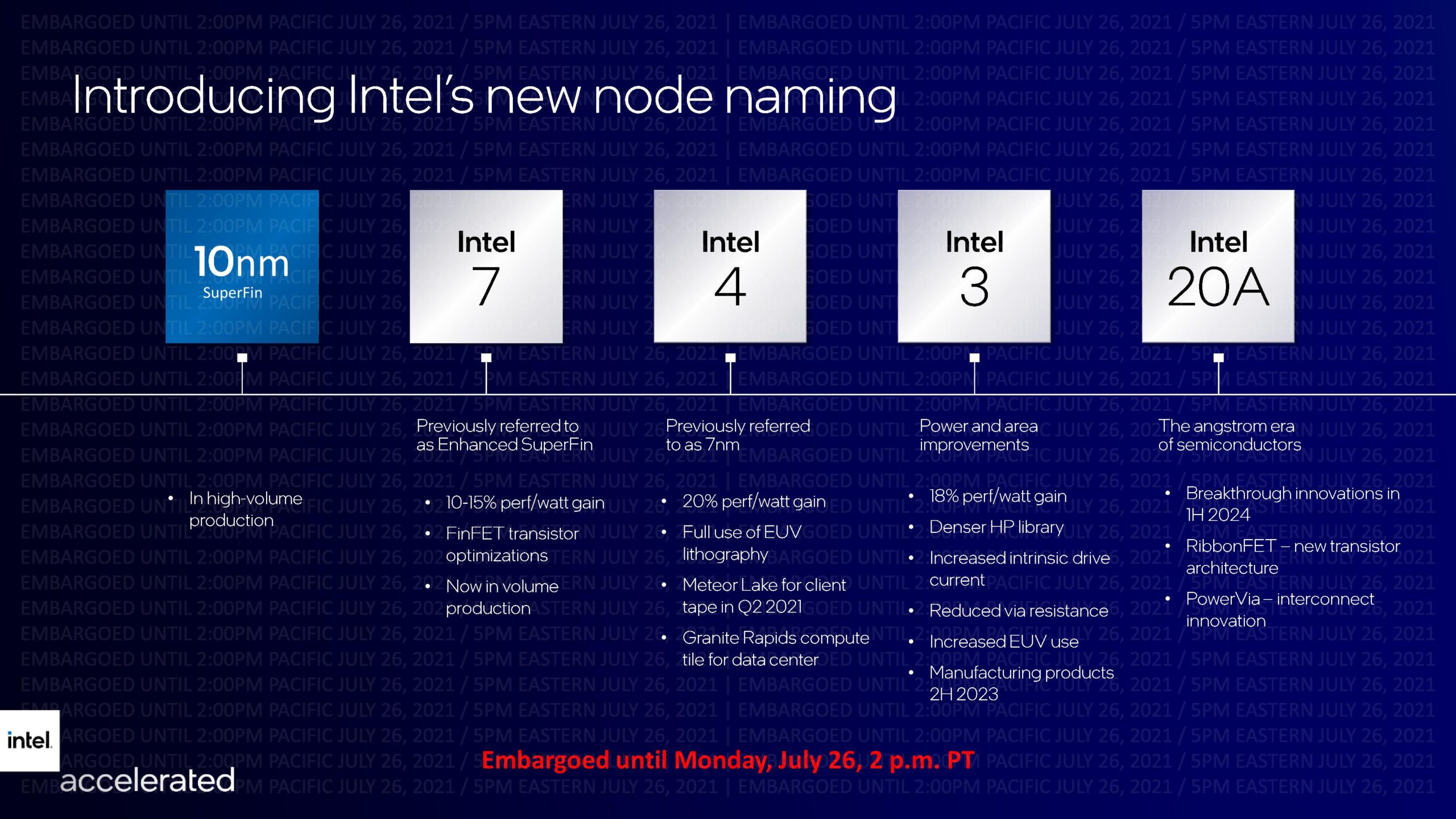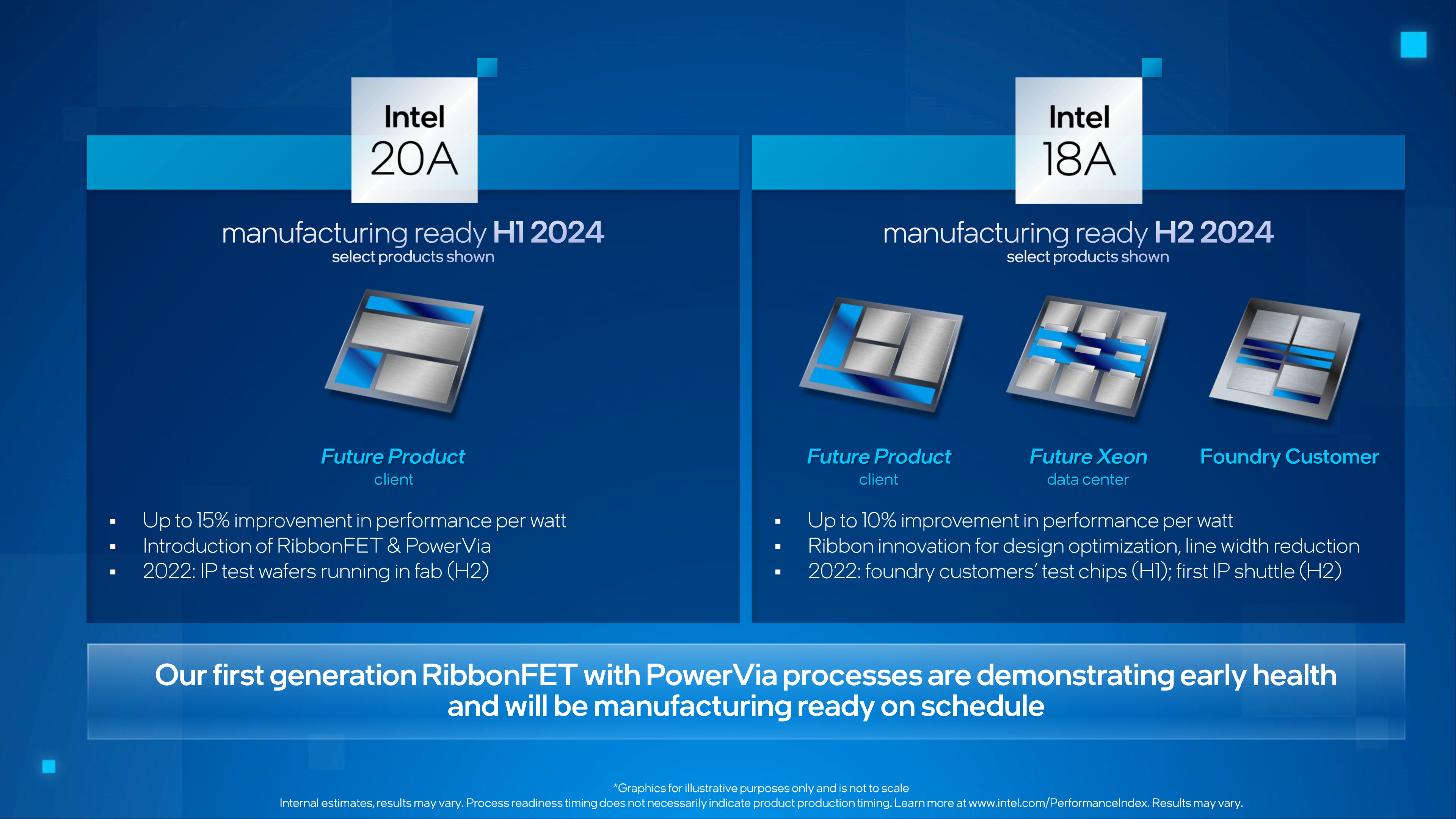Intel Process Roadmap Update: Intel 4 in Production, Intel 3, 20 & 18A-Class Nodes on Track

Intel has struggled to keep up with the competition in terms of die size. The current 13th-generation processors use a 10nm architecture, while the AMD Ryzen 7000 series is built on TSMC’s 5nm node.
AMD is set to be among the early clients of TSMC’s new Arizona plant, which raised concerns surrounding Intel’s use of less efficient nodes for their processors.
Intel did release a roadmap prioritizing the switch to smaller, more efficient nodes by 2025. According to the latest news by Spectrum.ieee, Intel has confirmed they are on track with the roadmap squashing any rumors about potential delays.

The Intel 4 – previously known as Intel 7nm process is set to debut with the Meteor Lake processor next year. The node is cleared for high-volume manufacturing (HVM), and mainstream production should commence in the next second half of 2023. It is the company’s first production node that will use extreme ultraviolet (EUV) lithography.
Similarly, the Intel 3 process, which is set to be production ready by 2023, is also on track. Intel 3 will debut with the Granite Rapids and Sierra Forest products.
Intel has accelerated its pace of becoming the first manufacturer that sets the bar high with a 2nm process chip. The Intel 20A RibbonFET transistor architecture will commence production in 2024 alongside the Intel 18A process, putting them ahead of the original schedule.

The 20A production node will be their most innovative process yet. It utilizes gate-all-around (GAA) technology termed RibbonFET. The Intel 20A is expected to be the technology that establishes the dominance of Intel over TSMC in manufacturing. If not dominant, Intel will be able to stand on an equal footing, which is a far cry from the current situation.
According to Ann B. Kelleher – general manager of technology development at Intel, the future of production relies on the system technology co-optimization concept.
“Moore’s Law is about increasing the integration of functions. As we look forward into the next 10 to 20 years, there’s a pipeline full of innovation that will continue the cadence of improved products every two years. That path includes the usual continued improvements in semiconductor processes and design, but system technology co-optimization (STCO) will make the biggest difference.”
According to her, the best approach to production methods is to use an “outside-in” approach. Further explaining her, she expressed approaching production from top to bottom. First determining the workload and the software, then working on the architecture and the type of silicon that is first in the achieve all the most optimal results.
There is only so much that can be done by shrinking the size of the CPU die, which renders the outside-in approach as something that hardware enthusiasts are going to keep their eyes glued on.





